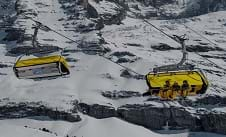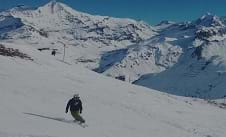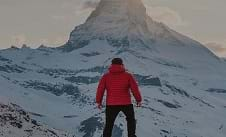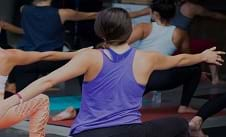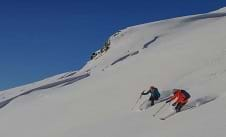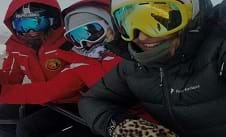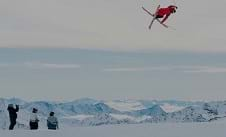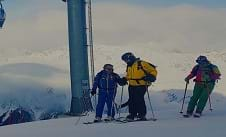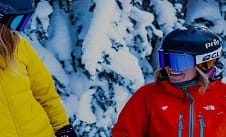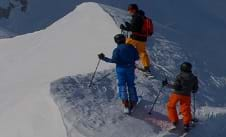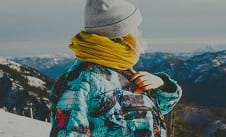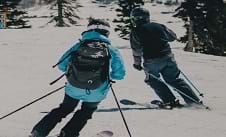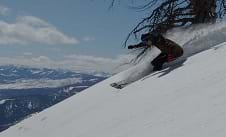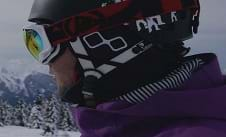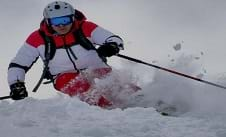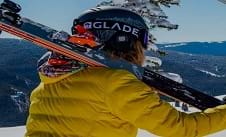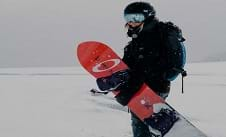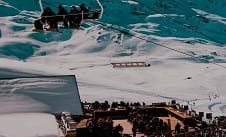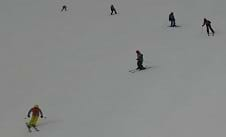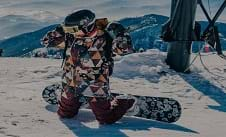Different types of skiing
Skiing is not just one simple sport, there are several different ways and styles to ski on a mountain. All types of skiing require your feet to be attached to some style of ski, but this is where the similarities end. Some types of skiing are downhill, some are uphill, and some are done on a flat level. Some types of skiing are incredibly fast paced, some are walking speed and some you barely have your feet on the ground for!
The world of skiing and its different styles can be very daunting for those who are new to the world of snow or are perhaps only aware of the more mainstream styles. We have broken down the different styles for you below with a brief introduction on what each involve, it is never too late to learn a new style no matter your age or ability!
with your own travel concierge. Don’t hesitate to drop us a line – we’ll
help plan your perfect Ski Holidays.
020 7770 6888 ← online or call ↴
020 7770 6888
Alpine skiing
Alpine skiing, which is frequently referred to as downhill skiing, is the most common type of skiing. It is what most of us will imagine whenever anyone mentions the word ski, it is your classic ski holiday style of on piste skiing. The pistes in most resorts are groomed nightly so that you have access to safe compacted slopes to ski on each morning. You will take either a button lift, a chair lift or a gondola up the mountain and ski back downhill. Standard length skis with normal ski boots and poles are the equipment required for Alpine skiing, all of which can easily be rented in every resort at either beginner, intermediate or advance level.
Cross country skiing
Cross Country skiing, which is frequently referred to as Nordic skiing, mostly takes place on flat surfaces and is more like Ice Skating and snowshoe walking. Rather than taking lifts up the mountain and coming back down, Cross Country Skiing takes place on generally flat surfaces which means you do not always have to travel to the mountains. Lapland is a fantastic place for a Cross Country Skiing holiday where you are surrounded by breath taking winter scenery. Cross Country skiing can be hard physical work but you do have the opportunity to go at your own pace, and almost all cross country trails do not require the use of a lift pass so can be a cheaper way to experience snow sports. Cross Country Ski boots are a soft shoe opposed to the downhill hard shoe and the heel is not secured to the ski allowing for the flexibility required to Cross Country Ski.
Freestyle skiing
Freestyle skiing is a relatively new style of skiing where skiers turn the whole mountain into their own ski park. Not only can freestyle skiers use all the half pipes and big air jumps in the manmade snow parks they also turn the little bumps on the side of the piste into jumps and can flip and jump on off piste and unusual terrain. Famous professional skier Candide Thovex is the prime example of a Freestyle skier and we would highly recommend checking his videos out online! Ski equipment is very similar to that of standard alpine skiing; however, freestyle skiers prefer to use twin tip skis which makes it much easier to ski backwards as well as forwards.
Off piste skiing
Off piste skiing, which is frequently referred to as backcountry skiing, is where you start to carve out your own paths on the mountain away from the main slopes and crowds. Off Piste skiing is for advanced skiers only and we would highly recommend taking lessons because off piste skiing can be extremely dangerous, as you are skiing on non-groomed pistes which can result in an avalanche. If you are to try Off Piste skiing it is highly recommended that you ski with an AviPack, which is an avalanche airbag system. Off piste skiing can require you to make your own up the mountain on foot with your skis on your back so make sure you are in good physical shape as the chairlifts can not take you everywhere once you start to explore the backcountry!
Telemark skiing
Telemark Skiing is a different variety to downhill skiing, you usually take the chairlifts and gondolas up the mountain but when you ski back down your heel is not clipped into your ski. As well as the free heels telemark skiing requires the skier to have one ski in front of the other with the back knee dropped and the back heel up. This style of skiing requires a different stance and balance to normal downhill skiing as well as a different style of ski and binding.
Ski touring
Ski touring is a fantastic way to see more of the untouched mountain areas away from the main pistes and crowds. It is very similar to backcountry skiing, however you hike up the mountain in your skis with your heels unclipped, when you reach the top you clip back into your skis and ski back down. Your skis will have ‘skins’ on the underneath to stop you from sliding down. As you will be hiking up the mountain on foot you do need to have a high level of fitness and as you will be exploring un-groomed areas on the mountain it is recommended that you take an AviPack to stay safe.
Mogul skiing
Mogul skiing is where you need to navigate your way down a slope covered with bumps and mounds of snow. These bumps mean you need to pre plan where you are going to turn on the run and you will have learnt how to turn either going around the bumps or over the top of the bumps. You will need to have excellent body balance and have a high level of skiing experience to confidently navigate hard mogul slopes. If you are booked onto an advanced group lesson you may spend some time with your instructor learning how to turn on moguls.
Ski jumping
Ski jumping is an exhilarating style of skiing, whether you are jumping off small lips on the pistes or taking on the big air jumps built in the snow parks. We recommend taking some lessons if you want to learn to ski jump as it can obviously be very dangerous if you do not know what you are doing. The best place to build confidence and learn the basics is on the big air bags that are set up in some resorts. Ski jumping is also an Olympic sport where the skier aims to jump as far as possible after descending a steep slope, you may have seen the popular television show The Jump where celebrities attempt to learn to Ski Jump. Eddie the Eagle is a famous English Olympian who took part in Ski Jumping at the Olympics and they even made a feature length film about his journey featuring Hugh Jackman.
Ski racing
Ski racing, as you can imagine, is all about speed! It is essentially alpine downhill skiing but as fast as possible, there are many different forms of ski racing such as slalom, giant slalom, super giant slalom, and the combined division. Slalom racing is where you need to ski down the course but weave in and out of a course set up by flags and poles called gates. If you are going to be taking Ski racing seriously then you will want to be wearing a skin-tight ski suit to make you as streamline as possible.
Types of skiing FAQ:
The most popular type of skiing is downhill skiing – this happens on well kept pisted runs which you can get to the top of by chairlift/ cables car/button lift. Cross country skiing takes places on mainly flat surfaces with little elevation up or down hill – the ski is different to downhill skiing as your boots are soft and only clipped in at the front of the ski so that you can build moment easier when gliding on the snow.
Off piste is effectively skiing off the beaten track. Instead of skiing down the pisted runs designed to be the easiest way down the mountain - off piste skiing takes place in the out of bound areas. This could run right along side the piste or it could involve a hike up hill and skiing down completely off the beaten track.
Skiing off piste should be done with the same technique used for on piste skiing – I’ve heard on many occasions in the mountains punters giving out wrong information and telling first timers off piste to lean back.. don’t do it! You should have your weight as central as possible putting your weight on your downhill leg when going to turn.
Skiing through trees should use the same technique as on piste skiing with your weight distributed evenly. You should always ski with a buddy through trees as it’s one of the more dangerous areas on the mountain. Tree wells are a hazard to be avoided – large holes under trees if you fall in one headfirst you’re going to need someone to dig you out.
Skiing through powder takes more skill than on piste skiing as is a lot harder on the legs as the snow is a lot heavier to push through. If you haven’t skied powder before it’s recommended to take a guide to brush up on technique and get a few tips.






